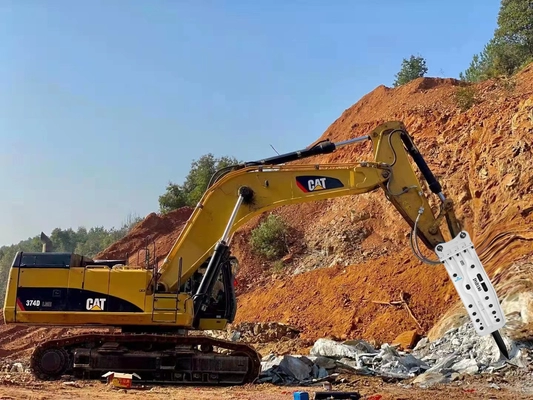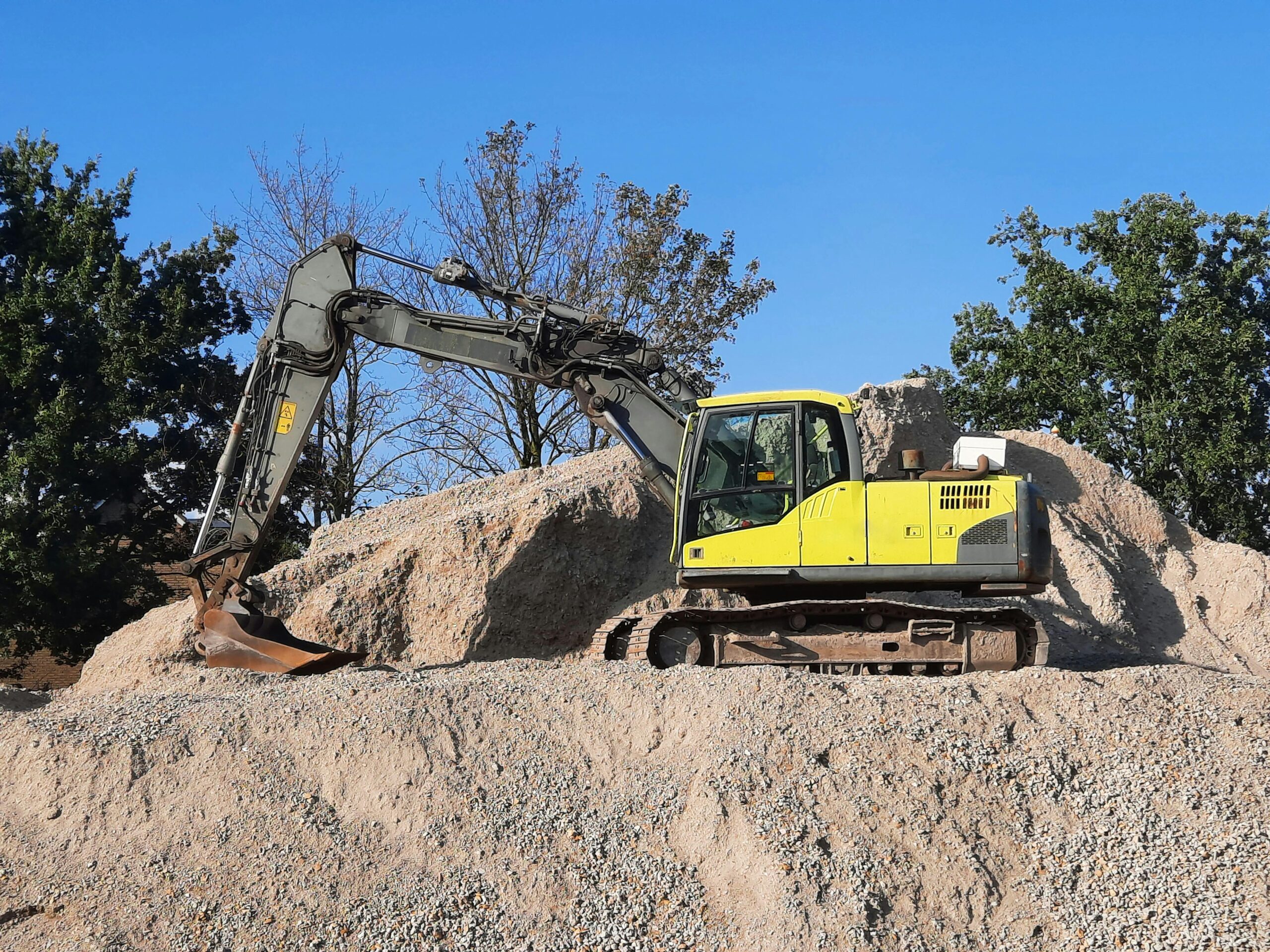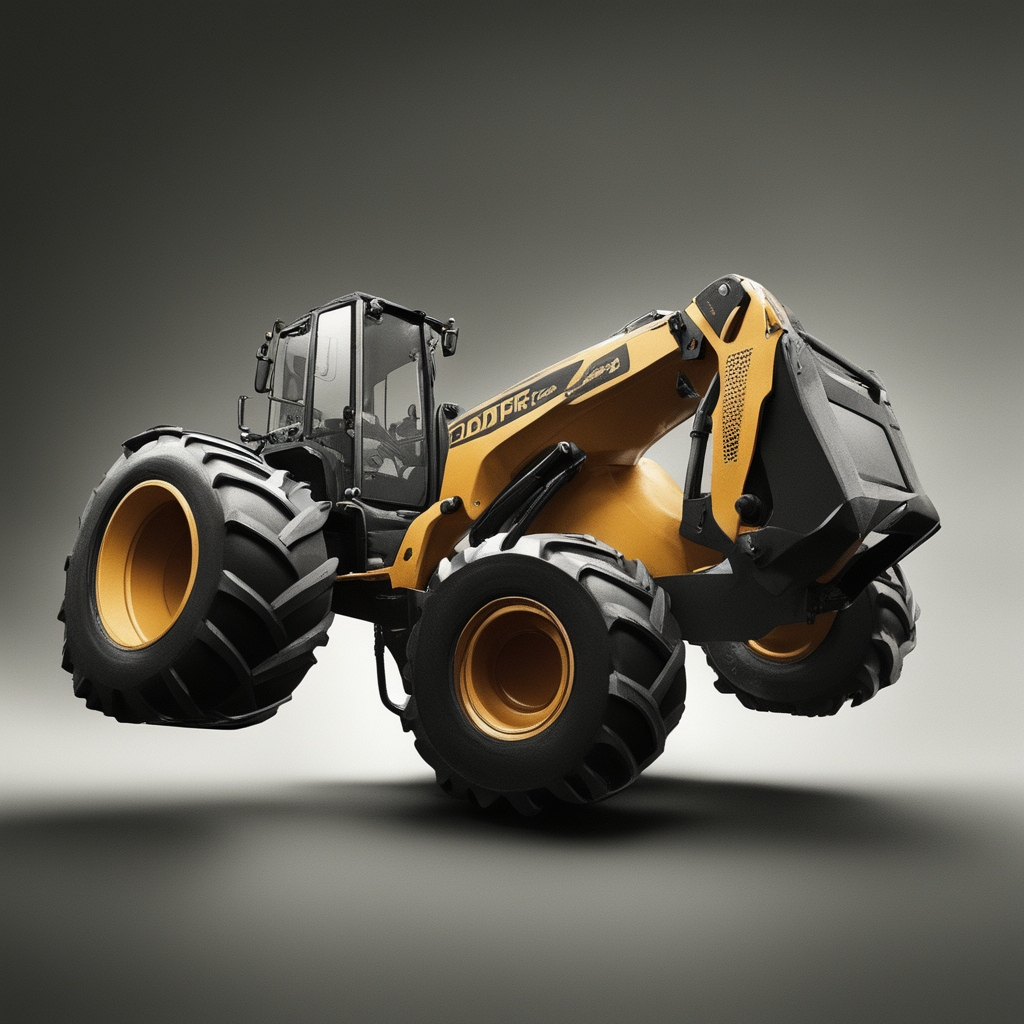Hydraulic pumps play a critical function in a wide range of machinery. They play a critical role. They help transfer fluid power efficiently to do tasks. Engineers, technicians, and hobbyists must deeply understand the complicated processes behind hydraulic pumps. It is vital for them. This tutorial provides a full explanation. It covers the key ideas behind hydraulic pumps. It explores the mechanisms, types, uses, and upkeep involved.
How does the hydraulic pump work
Hydraulic systems rely on a central hydraulic pump for their operation. The pump efficiently generates the necessary fluid flow and pressure. Hydraulic pumps work based on Pascal’s law. This law is a key principle in fluid mechanics. According to the information supplied, pushing on a confined fluid spreads the pressure. It spreads it equally in all directions. Simply put, applying pressure to a small area allows a pump to generate a big force on a larger area. This is performed by conveying pressure through the fluid.
Pumps that are not of the positive displacement type:
Centrifugal pumps are not positive displacement pumps. They make kinetic energy in the fluid, pushing it through the system. Non-positive displacement pumps are unlike positive displacement pumps. They cannot capture and move a set volume of fluid in each cycle. As a result, they may not work well for applications that need precise flow control. They also won’t work well for high-pressure output.
Types of Hydraulic Pumps:
Many types of hydraulic pumps are available. Each is for different uses and conditions. Several major types of pumps include gear, vane, piston, and axial piston pumps.
1. Gear Pumps:
Gear pumps use intermeshing gears to generate suction and discharge fluid. They are well-known for being straightforward, durable, and affordable. They are used a lot in many hydraulic systems. This is especially true for systems running at moderate pressures.
2. Vane pumps:
It transports fluid by revolving vanes contained in a cylinder frame. The machines have seamless operation. They also have reduced noise levels and steady flow rates. These qualities make them great for applications. The applications need precise control and moderate pressure.
3. Piston Pumps:
Piston pumps employ reciprocating pistons to generate pressure in hydraulic fluid. They are well-known for their high efficiency. They can produce high pressure and adapt to diverse flow demands. Numerous types of pumps are available, such as axial piston pumps and radial piston pumps. Each type has its advantages depending on the application’s specific requirements.
Functioning of Hydraulic Pumps:
Hydraulic pumps work based on basic fluid dynamics and mechanics. When turned on, the pump’s input comes from an electric motor or an engine. It sets the internal parts in motion and causes the fluid to flow.
Hydraulic pump parts:
Hydraulic pumps have vital parts. They play a crucial role in ensuring their function and effectiveness. These elements consist of:
1. Housing:
It is a framework outside the pump. It holds the pump’s internal parts, keeping them stable and preventing fluid leaks.
2. Inlet Port:
The point of entry where fluid is pulled into the pump from the reservoir.
3. Outlet Port:
The point where pressurized fluid is released into the hydraulic system.
4. Rotating Shaft:
This shaft helps pass energy from the prime mover to the pump’s insides.
5. Impeller or Rotor:
The component that spins and provides movement within the pump.
6. Casing or Stator:
This encloses the impeller. It makes a compartment where the fluid is pressurized before being released.
Operation Cycle:
The operation cycle of a hydraulic pump normally consists of numerous stages:
1. Intake Stroke:
In this phase, fluid is pushed into the pump through the inlet port. The pump’s mechanism develops a vacuum.
2. Compression Stroke:
The fluid is compressed inside the pump’s chamber. This compression raises the pressure.
3. Discharge Stroke:
The pump releases pressurised fluid through the output port. It is ready to power downstream components.
Conclusion:
Hydraulic pumps, including gear, vane, and piston pumps, assume a major part in hydraulic systems. They allow effective power transfer for many industrial uses. You must grasp the many types, parts, and principles. This is vital for top system performance. At CT Auto Parts, we are committed to providing top-notch hydraulic solutions. Our dedication is clear in our steady commitment to innovation and reliability. We invest heavily in serving clients from numerous enterprises. We figure out the significance of hydraulic pumps in their operations.




